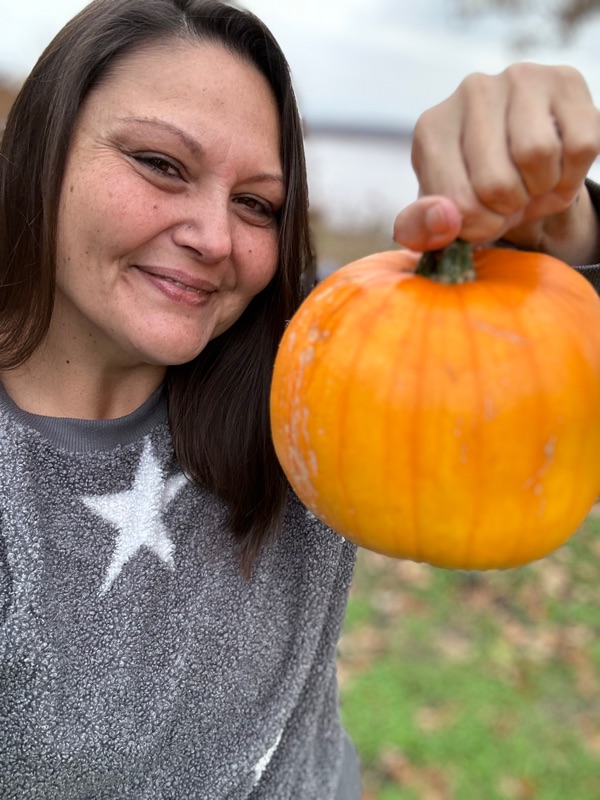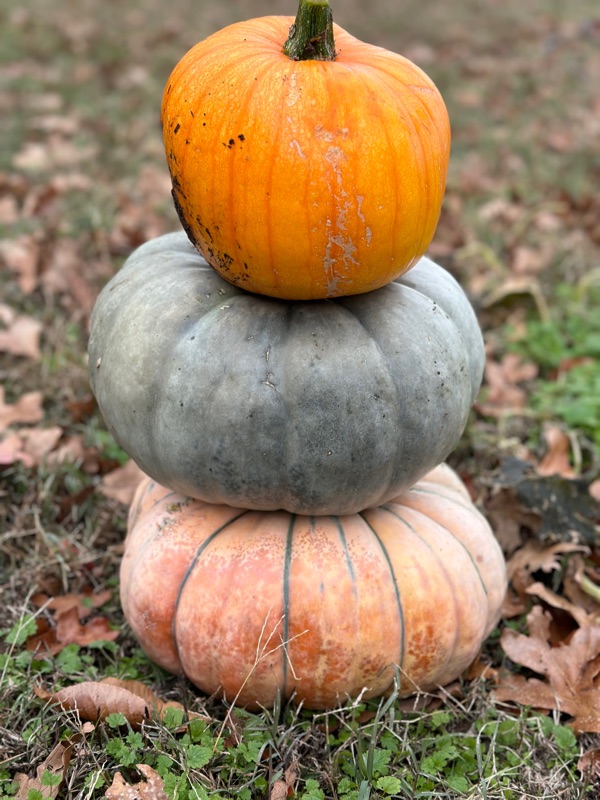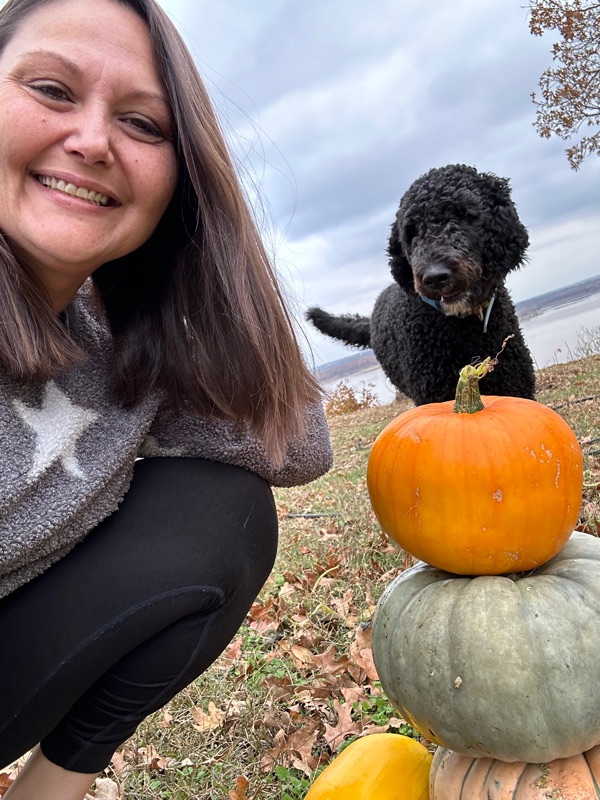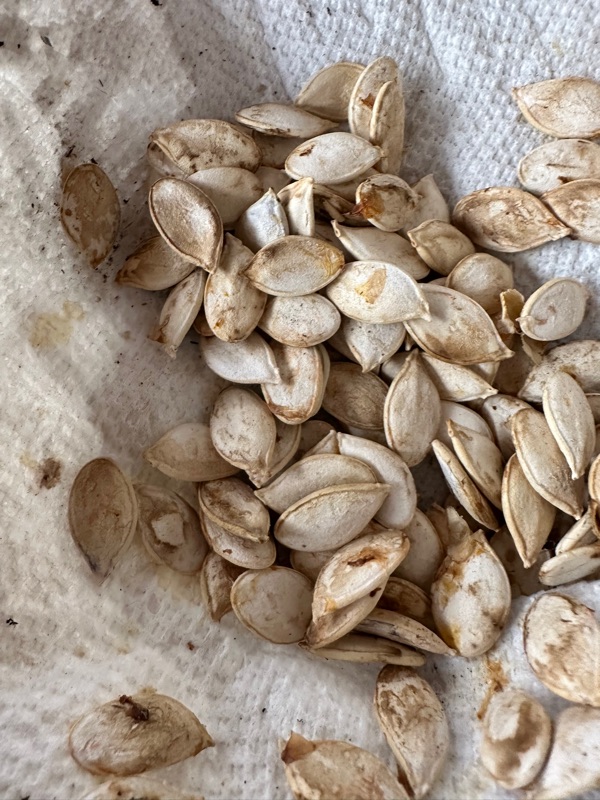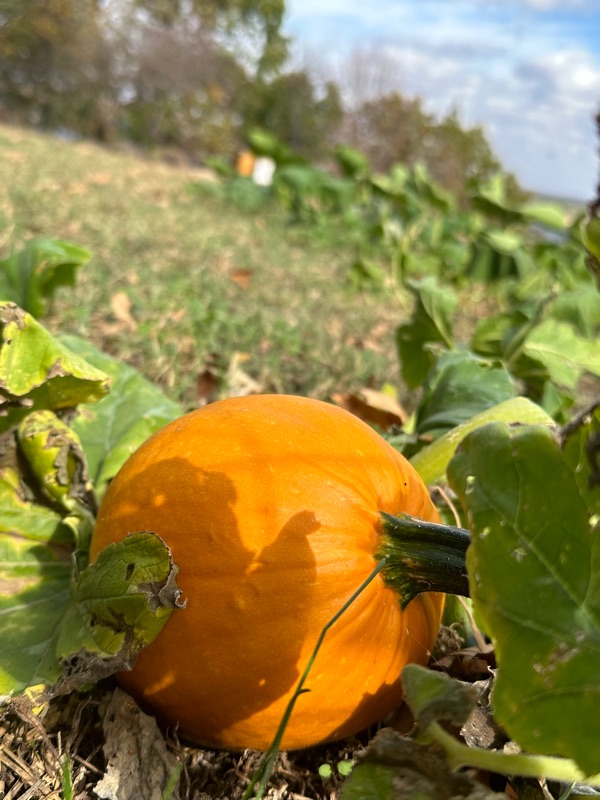Thanksgiving, Pumpkin Pie, and Pollinators: A Feast Worth Thanking the Bees For 🐝🎃🥧
As Thanksgiving approaches, many of us are preparing to gather with loved ones and indulge in comforting dishes that symbolize tradition and togetherness. Among these classics, pumpkin pie often takes center stage. But have you ever paused to thank the tiny, hardworking pollinators who make this dessert—and so much of our food—possible?
At The Blooming Sage, we celebrate not only the food on our plates but also the intricate ecosystems that bring these traditions to life. This Thanksgiving, let’s explore the role of pollinators in creating our festive feasts, learn how to protect them, and, of course, share a from-scratch recipe for pumpkin pie that honors the bees’ incredible contributions.
Pollinators: The Unsung Heroes of the Harvest
Pumpkin pie wouldn’t exist without pollinators, as pumpkins depend on bees for pollination. Specifically, pumpkins rely on these species:
- Squash Bees (Peponapis spp.): Specialists that exclusively pollinate gourds like pumpkins, squash, and zucchini.
- Bumblebees (Bombus spp.): Hardy and adaptable, these bees excel in cooler weather and are champions of pumpkin pollination.
- Honeybees (Apis mellifera): Generalist pollinators that contribute significantly to pumpkin and other crop production.
The vibrant orange pumpkins we carve and bake are only possible because of these busy pollinators transferring pollen from flower to flower. Without them, the pumpkin harvest—and many other staples on the Thanksgiving table—would be drastically reduced.
Beyond Pumpkins: The Thanksgiving Feast
Pollinators impact much more than pie. Here are just a few Thanksgiving staples made possible by bees and other pollinators:
- Cranberries: Bumblebees play a crucial role in pollinating these tart holiday favorites.
- Apples: Apple pies and sauces wouldn’t be the same without the tireless work of bees.
- Green Beans: While many varieties are self-pollinating, bees still play an important role in increasing yields.
Even dishes like roasted vegetables or fresh salads often rely on pollinators for the production of leafy greens and flowering plants.
The Threats Facing Pollinators
Despite their importance, pollinators face numerous challenges:
- Pesticide Exposure: Chemicals like neonicotinoids are deadly to bees.
- Habitat Loss: Urban development and monoculture farming have reduced wildflower habitats essential for pollinator survival.
- Climate Change: Altered blooming cycles and extreme weather events make it harder for pollinators to thrive.
- Diseases and Parasites: Varroa mites and other pathogens continue to devastate bee populations.
The consequences are clear: fewer pollinators mean fewer pumpkins, apples, and other foods on our plates.
How to Help Pollinators Year-Round
As we express gratitude for pollinators this Thanksgiving, here are simple actions you can take to protect them:
- Plant Pollinator-Friendly Flowers: Choose native species that bloom throughout the year, providing bees with food in every season.
- Avoid Pesticides: Opt for natural pest control methods to keep your garden safe for pollinators.
- Create a Pollinator Habitat: Provide nesting sites, wildflower patches, and even bee hotels to support native species.
- Grow Your Own Pumpkins: Plant pumpkins in the spring to enjoy flowers that attract bees—and the satisfaction of making your own pie next fall.
A Thanksgiving Recipe: Pumpkin Pie from Scratch
There’s something magical about turning a homegrown pumpkin into a homemade pie. Here’s a recipe that honors the full process, from seed to slice.
Ingredients for the Pie Crust:
- 1 1/4 cups all-purpose flour
- 1/2 tsp salt
- 1/2 cup unsalted butter (cold, cut into small cubes)
- 2-4 tbsp ice water
Ingredients for the Filling:
- 2 cups pumpkin puree (from a fresh pumpkin—see steps below)
- 1 cup heavy cream
- 3/4 cup brown sugar
- 2 large eggs
- 1 tsp ground cinnamon
- 1/2 tsp ground ginger
- 1/4 tsp ground cloves
- 1/4 tsp nutmeg
- 1/4 tsp salt
Steps for the Pie Crust:
- Mix Dry Ingredients: Combine flour and salt in a large bowl.
- Cut in Butter: Add butter cubes and use a pastry cutter or your fingers to work it into the flour until the mixture resembles coarse crumbs.
- Add Ice Water: Gradually add ice water, one tablespoon at a time, mixing until the dough just comes together.
- Chill: Form the dough into a disk, wrap in plastic, and refrigerate for at least 30 minutes.
- Roll Out: On a floured surface, roll the dough into a circle about 12 inches in diameter. Place it into a 9-inch pie pan and trim the edges.
Steps for the Filling:
- Prepare the Pumpkin:
- Cut your pumpkin in half and scoop out the seeds (save them to roast or plant next year!).
- Roast the pumpkin halves, cut-side down, on a baking sheet at 400°F for 45-60 minutes.
- Scoop out the flesh and puree it in a food processor until smooth.
- Mix Ingredients: In a large bowl, whisk together the pumpkin puree, cream, sugar, eggs, and spices until smooth.
- Assemble and Bake: Pour the filling into the prepared crust and bake at 375°F for 50-60 minutes, or until the center is set but slightly jiggly.
- Cool and Serve: Let the pie cool completely before slicing. Top with whipped cream, if desired.
Composting: Closing the Loop
Don’t throw away your pumpkin scraps or pie trimmings—compost them! Composting enriches your soil, reduces waste, and creates a sustainable cycle that benefits future crops and pollinators alike.
Giving Thanks at The Blooming Sage
At The Blooming Sage, we’re grateful for the pollinators, heirloom seeds, and sustainable practices that make Thanksgiving special. Let’s work together to protect the bees and ensure that future generations can enjoy the same bounty we cherish today.
Happy Thanksgiving, and may your holiday be filled with love, laughter, and delicious pumpkin pie! 🎃🍂
